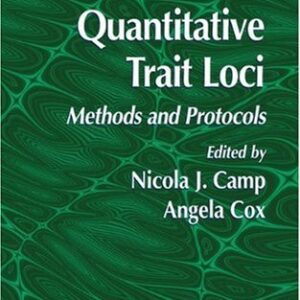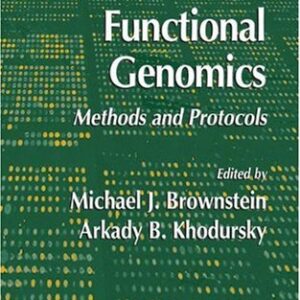The incentive for putting together Volume 4 of this series was to review the wealth of new information that has become available in prokaryotic organisms in protein export and membrane biogenesis. Just in the last several years, protein translocation has now been efficiently reconstituted using defined components and the mechanism by which proteins are moved across membrane bilayers is now being examined at a higher resolution. In addition, because of a new technical breakthrough using osmolytes, it is now possible to reconstitute a number of channel proteins, ATPase, receptors, and transporters. In many cases, it is possible to successfully predict the membrane topology of these types of proteins using both “hydrophobicity analysis” and the “positive inside” rule. In this volume, two chapters focus on protein translocation across membranes ( Biochemical Analyses of Components Comprising the Protein Translocation Machinery of E. Coli; Protein Translocation Genetics ), while several others on how proteins assemble into the ineer membrane of E. Coli ( Membrane Protein Assembly; Membrane Insertion of Small Proteins: Evolutionary and Functional Aspects; Pigment-Protein Complex Assembly in Rhodobacter sphaeroides and Rhodobacter Capsulatus ). Other sections review recent progress on transporters ( Identification and Reconstitution of Anion Exchange Mechanisms in Bacteria; Helic Packing in the C-Terminal Half of Lactose Permease ) and signal transduction ( Mechanism of Transmembrane Signaling in Osmoregulation ) as well as the assembly of prints into the outer membrane ( Export and Assembly of Outer Membrane Proteins in E. coli ). Although the emphasis of the book is on proteins, the role of phospholipids in controlling various cell surface processes is reviewed ( Role of Phospholipids in coli Cell Function ). I should point out the reason for the rapid progress in bacteria research is because of the possibility to apply biochemistry and genetics in this organism.
Biology
{PDF} Protein Export and Membrane Biogenesis Alan M. Tartakoff and Ross E. Dalbey (Eds.)
$19.99






Reviews
There are no reviews yet.